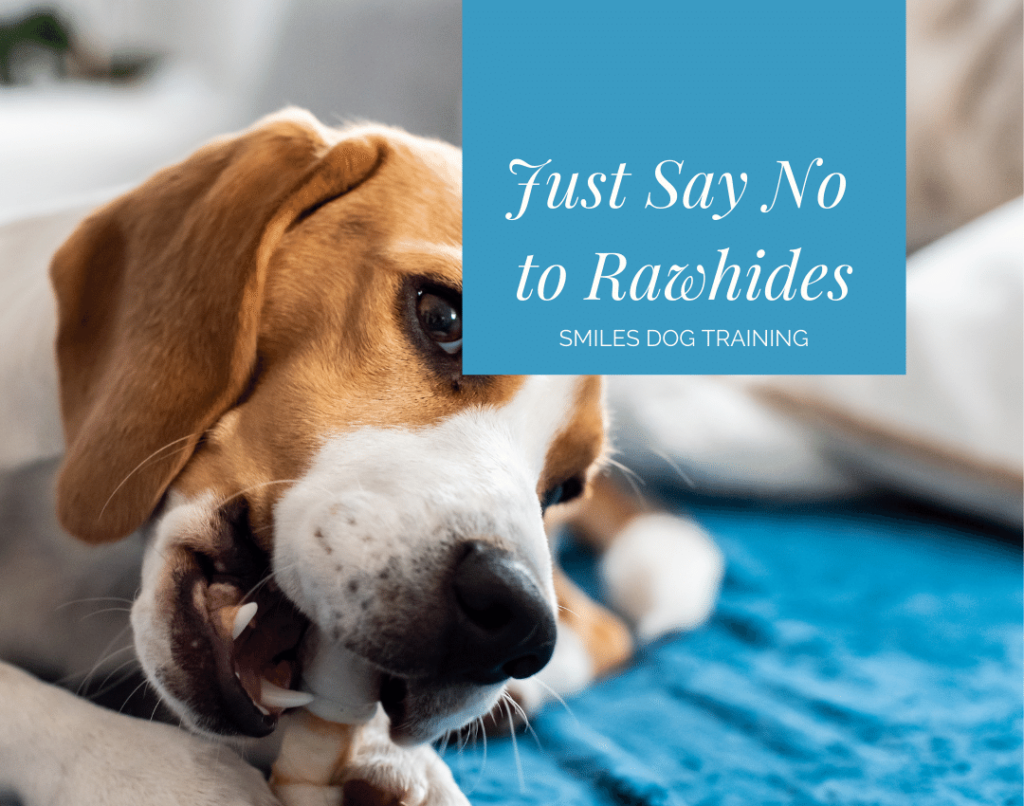What Is Bird Flu and Why Should Pet Parents Care?
Bird flu, or avian influenza, is a virus that primarily affects birds, but it’s now infecting other animals—including dogs and cats.
While cases in dogs have been reported, what’s most important to know is that cats are getting infected at alarmingly high rates compared to other mammals. Cats, both large and small, often develop severe illness—sometimes leading to heartbreaking outcomes like sudden death [Source].
Even more concerning, according to the U.S. Food & Drug Administration (FDA), bird flu has now been detected in raw milk, raw poultry, and uncooked/unpasteurized eggs in the U.S., raising concerns about potential exposure through food and farm environments [Source].
If you have both a dog and a cat, extra precautions are needed to keep them safe, since a sick cat could potentially spread the virus to a dog in the same household.
The good news? Protecting your pets doesn’t have to be complicated. Just a few small changes to your daily routine can significantly lower their risk of infection.
How Can Dogs and Cats Get Bird Flu?
Dogs and cats can get bird flu through direct contact with infected birds, whether they’re alive or dead. Bird droppings, feathers, and contaminated water sources can also carry the virus, making outdoor areas like ponds, farms, and parks a risk.
Recent outbreaks in the United States have shown an increase in infections among cats, with 76 cases reported among wild and domesticated cats, compared to 55 cases in wild dogs, and 73 cases for all other wild animals [Source]. One of the biggest dangers for cats is hunting small wild birds—such as sparrows and pigeons—that may be carrying the virus, or eating raw poultry products from infected farms [Source]. Dogs, on the other hand, are more likely to get sick if they sniff, lick, or eat infected birds or poultry products.
Another growing concern is contaminated dairy and meat products in the food supply, since bird flu has been detected in raw milk, poultry, and eggs produced by farms [Source]. Pets can be exposed by eating these products directly or by coming into contact with contaminated surfaces, food bowls, or human hands after handling raw animal products.
Think your indoor pet is safe? Unfortunately, bird flu can still make its way inside—on shoes, clothing, or even hands after a trip to a farm, park, or grocery store. But with quick, easy habits like removing shoes at the door and washing hands, you can help keep your pet protected.
Because the virus can spread in multiple ways, pet parents need to be extra cautious about what their pets eat, where they go, and what they bring into their home—because a single exposure, whether through food, surfaces, or outdoor environments, could put their health at serious risk.
Signs Your Dog or Cat Might Be Sick
Listed below are the most common signs of illness to watch out for in your pets.
Symptoms in dogs:
Coughing, fever, sneezing, eye/nose discharge.
Trouble breathing, low energy, lack of appetite.
Upset stomach (vomiting or diarrhea in some cases). [Source]
Symptoms in cats:
Fever, difficulty breathing, lethargy, loss of appetite.
Severe cases can cause neurological issues or sudden death [Source].
At first, the symptoms might seem mild—just a little sneezing or a low fever. But in some cases, the virus moves fast, making it harder for pets to breathe and causing extreme lethargy. In cats, it can even lead to life-threatening neurological issues or sudden death [Source].
When it comes to bird flu, every hour counts. Getting veterinary care at the first sign of illness could be the difference between a full recovery and a tragic loss.
Simple Ways to Protect Your Dog and Cat
Just a few simple precautions—keeping your pets away from birds, feeding only safe, cooked foods, and wiping paws after walks—can mean the difference between a healthy pet and a heartbreaking emergency vet visit.
✔ Avoid areas with high bird activity. Places like ponds, farms, and parks can be contaminated with bird flu, especially if sick or dead birds are present [Source]. Keep dogs on a leash and don’t let them sniff or eat dead birds or bird droppings. For cats, keeping them indoors is the safest option since hunting infected birds is a major risk.
✔ Be extra cautious about what your pets eat. Skip raw or unpasteurized dairy, raw meat, and undercooked poultry, as these can carry the virus. Stick to fully cooked, safe meals for both dogs and cats. If you handle raw dairy, eggs, or meat, wash your hands before touching your pets to prevent spreading any germs.
✔ Clean paws and remove shoes before entering the house. Studies show that bird flu can survive for weeks to months in cold and/or wet conditions, and hours to days in warmer conditions [Source]. Wiping paws before coming inside can help reduce exposure.
✔ Change clothes and wash up if you work around birds or livestock. The virus can cling to clothing and hands, creating an easy path for exposure. [Source]. Regularly disinfecting floors and entryways can also help keep your home a safer space for your pets.
These simple habits don’t just lower the risk—they can help you avoid the heartbreak of seeing your pet seriously ill and the stress of unexpected emergency vet bills.
What to Do If Your Dog or Cat Was Exposed
If your pet eats something questionable, such as a dead bird, raw dairy, or contaminated meat, monitor them closely for any signs of illness. Even if they seem fine at first, symptoms may take time to appear, so keeping a close eye on their behavior is important.
If your dog or cat has been exposed to a sick bird or contaminated area, clean their paws and fur as soon as possible. Use pet-safe wipes or a damp cloth to remove any potential contaminants before they have a chance to lick or ingest them. If they were in a high-risk area, consider giving them a full bath.
If one pet gets sick, the entire household could be at risk—especially if a cat, who is more vulnerable to severe illness, unknowingly spreads the virus to a dog. Separate a sick pet from the others to prevent possible spread. Make sure they have their own food and water bowls, bedding, and space to rest away from other animals. Keeping the environment clean and washing your hands after handling them can also help protect the rest of your household.
Let your vet know if your pet was around farm animals, sick birds, or raw dairy/meat. Even if they aren’t showing symptoms yet, your vet may have specific advice based on the latest outbreak risks in your area.
You have the power to protect your pet. Acting fast and taking simple precautions can make all the difference in keeping them safe and healthy.
Final Thoughts: Stay Aware, Stay Safe
Our pets rely on us for everything—their safety, their health, and their happiness. Bird flu is a growing risk to domestic cats and dogs in the United States, but you’re not powerless. A few small changes today could save their lives tomorrow!
Sources:
https://www.cdc.gov/bird-flu/situation-summary/index.html
https://www.aphis.usda.gov/livestock-poultry-disease/avian/avian-influenza/hpai-detections/mammals
https://www.cdc.gov/bird-flu/virus-transmission/avian-in-other-animals.html
https://www.petmd.com/cat/conditions/respiratory/bird-flu-in-cats
https://pmc.ncbi.nlm.nih.gov/articles/PMC10832898/
https://pmc.ncbi.nlm.nih.gov/articles/PMC2914205/
https://www.osha.gov/avian-flu/background
https://www.worcesterhealth.org/files/Health%20issues%20brochure%20May2011.pdf



